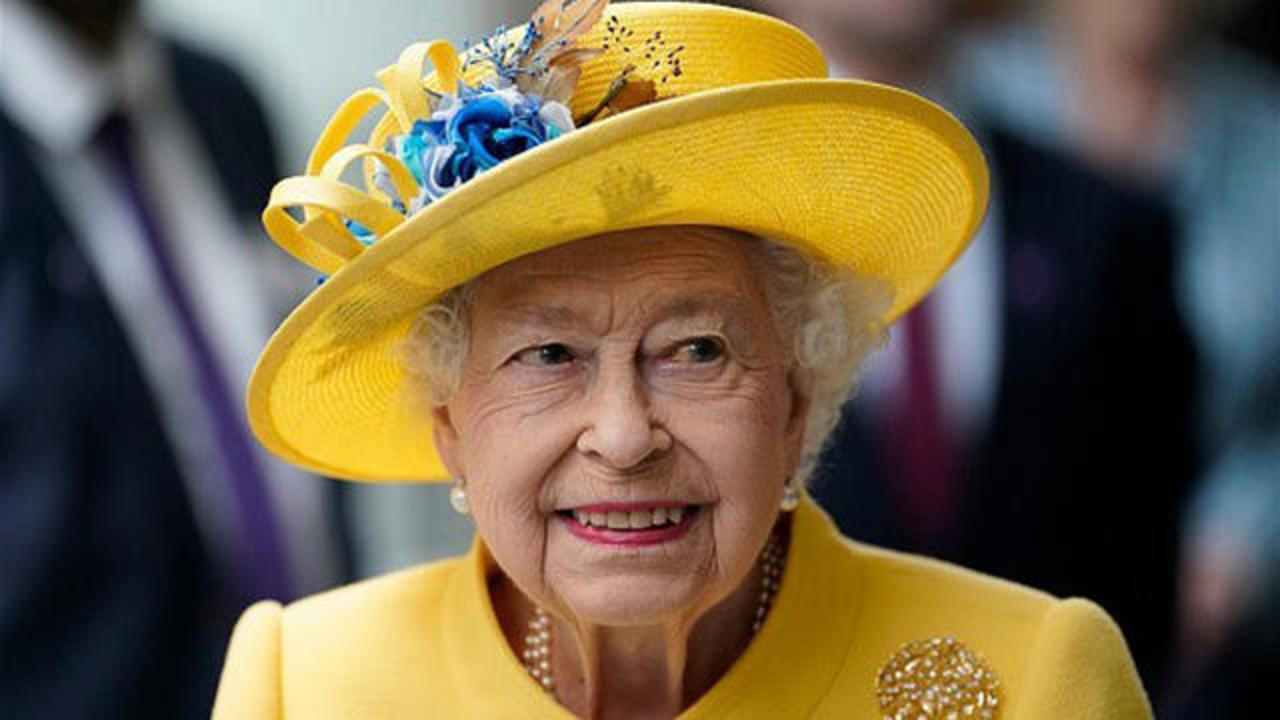
It’s safe to say most of us took Queen Elizabeth II for granted. Until her death in September 2022, she reigned for 70 years, a constant presence in most people’s lives.
Because of this, it’s easy to overlook some of Elizabeth’s major achievements that helped stabilize the kingdom and, in some ways, the world itself.
Here are Queen Elizabeth II’s greatest achievements during her historic reign.
A stable monarchy

One of the biggest achievements of Queen Elizabeth is something that came up during both her Platinum Jubilee and her funeral. And that is the fact she is the longest-serving monarch in the entire history of England!
She also took power in the shadow of World War II (a war in which she also served as a mechanic in the Women’s Auxiliary Territory Service). In addition to the war, royal shakeups including her uncle King Edward VIII abdicating the throne and the death of her father King George VI threatened to throw England into total disarray.
Upon becoming queen in 1952 when she was just 25 years old, Elizabeth promoted stability throughout the land. And thanks to this stability, she easily became the most popular member of the Royal Family.
RELATED: Queen Elizabeth’s Cause Of Death Has Been Revealed
Transitioning to a commonwealth
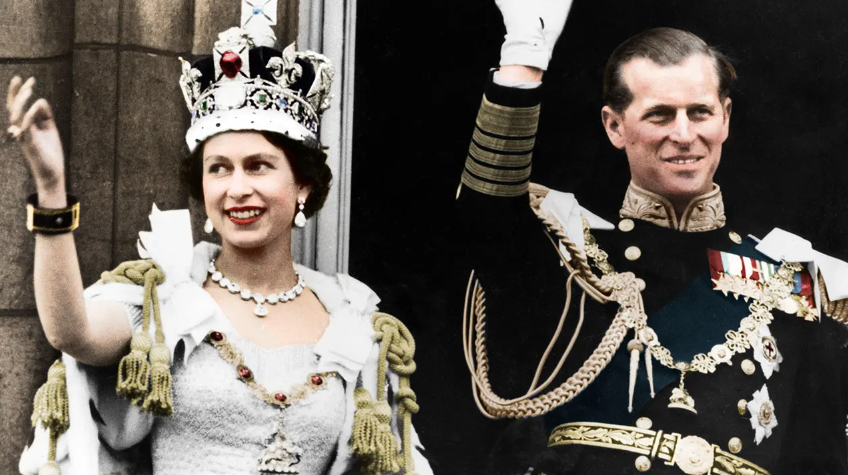
England obviously has a very troubling history of colonialism. Interestingly, it was Queen Elizabeth II who helped shepherd the country into the commonwealth that it is today.
As reported by Brittanica, it was up to Elizabeth to oversee and accelerate a commonwealth process that nominally began back in the 19th century.
During her reign, the commonwealth grew from eight member states to 54. In this way, Elizabeth guided the British empire out of bloody conquest and domination and into an era of peaceful coexistence with the rest of the world.
A better line of succession
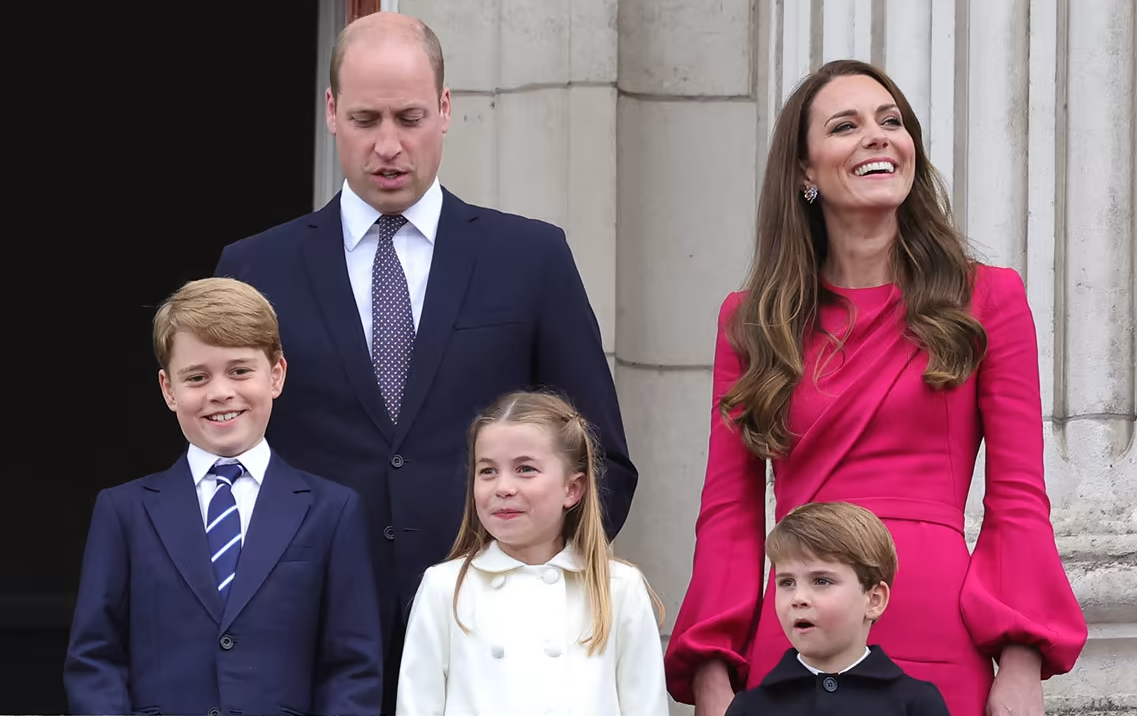
For centuries, the Royal Family had a basic tradition that the line of succession would favor males. So even if a reigning monarch had a daughter, the line of succession would always go to the oldest son in the family. Elizabeth herself only became queen because her father King George VI had no male heirs.
In 2013, the Crown Act made it so that the reigning monarch’s oldest child, regardless of sex, would become the new monarch. And while Elizabeth is supposed to stay politically neutral, Reader’s Digest reports that the act passed with her “cooperation” and noted how her influence helped garner popular and political support.
Of course, since the law would potentially affect Elizabeth’s own grandchildren, she definitely had a personal stake in this decision.
RELATED: Tragic Details About Queen Elizabeth Have Come To Light
Embracing modernity
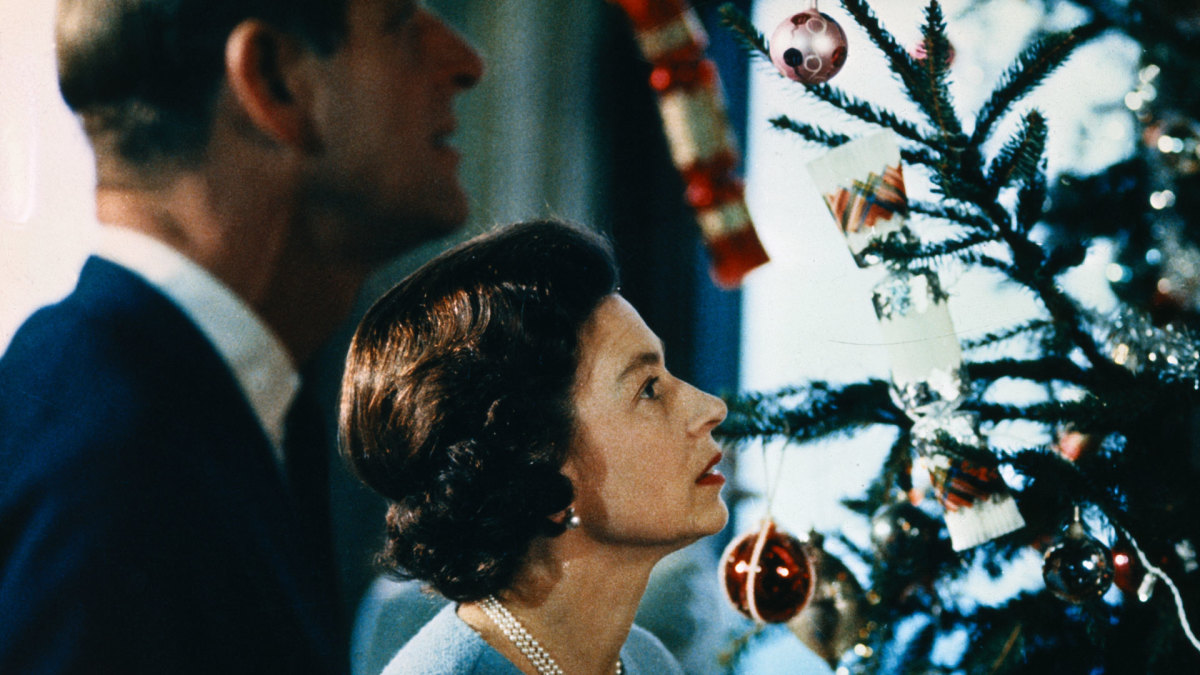
Considering how long she reigned, it’s easy for all of us to remember Queen Elizabeth as an old-fashioned woman. However, it’s worth noting that she modernized the monarchy in some exciting and sometimes unexpected ways.
One big example of this is letting herself and her family be filmed for a 1969 TV documentary. The TV crews followed the family for two months and produced a documentary that the public (who normally never got to see royals outside of official events) really loved. CNN reports that 30 million people tuned into a broadcast that humanized the royals, though Elizabeth herself came to hate this documentary.
Despite her misgivings about the television documentary, Elizabeth modernized the Royal Family in other ways over the years. For example, she made more and more TV appearances so the public felt she was more accessible. She recorded the Royal Family’s first Christmas message on film and even sent out the first royal tweet in 2014. In her own way, Elizabeth was quite the technological trendsetter!
Visiting America and Ireland

It’s not that uncommon for British royals to visit the U.S. (just go ask Harry and Meghan about that). However, in 1991, Queen Elizabeth made a special kind of history by becoming the first British monarch to address a joint session of the U.S. Congress. According to The New York Times, Elizabeth’s address was full of warmth and humor, and she received no less than three standing ovations.
And 20 years after that, Elizabeth visited somewhere with a more strained relationship with her own country: Ireland. As Yahoo! News reports, she was the first British monarch to visit Ireland since the country declared a new Irish Republic, which kicked off frequently bloody fighting between Ireland and England.
During her visit, Elizabeth went to Dublin’s Garden of Remembrance to place a wreath on a monument for Irish citizens who died fighting the U.K. for their freedom. Elizabeth bowed her head in respect after placing the wreath, seemingly acknowledging the wrongs that England had wrought upon Ireland.
This radical move made Elizabeth much more popular in Ireland. And as with her trip to the U.S., we saw that Elizabeth knew how to bring people together with her actions and influence.
RELATED: Moments From Queen Elizabeth II’s Funeral We’ll Be Talking About For Years
A champion of racial justice
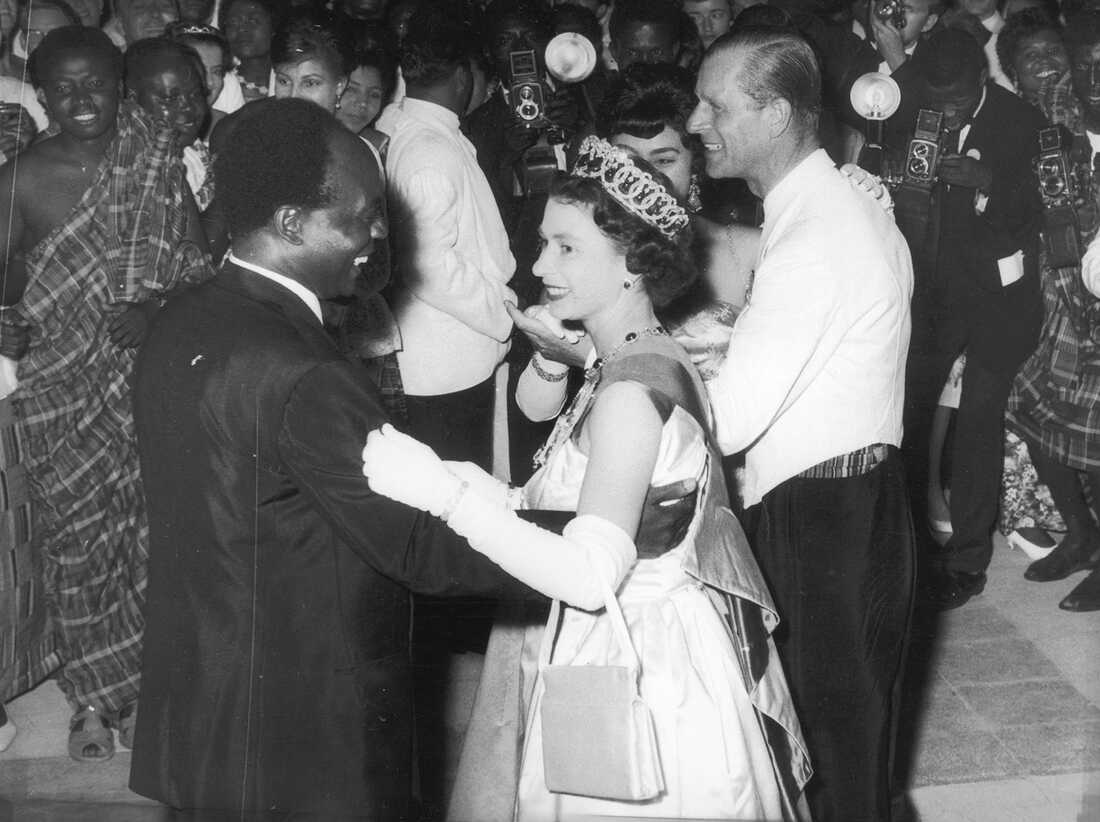
England’s history of colonialism is well-known, and such colonialism was often fueled by racism. But during her reign as monarch, Elizabeth did her best to tackle racism head-on in her own special way.
For example, she danced in 1961 with Ghana’s President Kwame Nkrumah. This incensed racists in England and beyond. But the Queen thought it was important to publicly demonstrate her devotion to racial equality. As The New York Times reports, Elizabeth also tried to fight apartheid in South Africa, though her efforts were constantly frustrated by Margaret Thatcher.
More recently, The Washington Post reports that the Queen supported the Black Lives Matter movement. Ultimately, we could all learn much from Elizabeth’s lifetime of struggling for racial equality in England and throughout the world.
The queen of charity
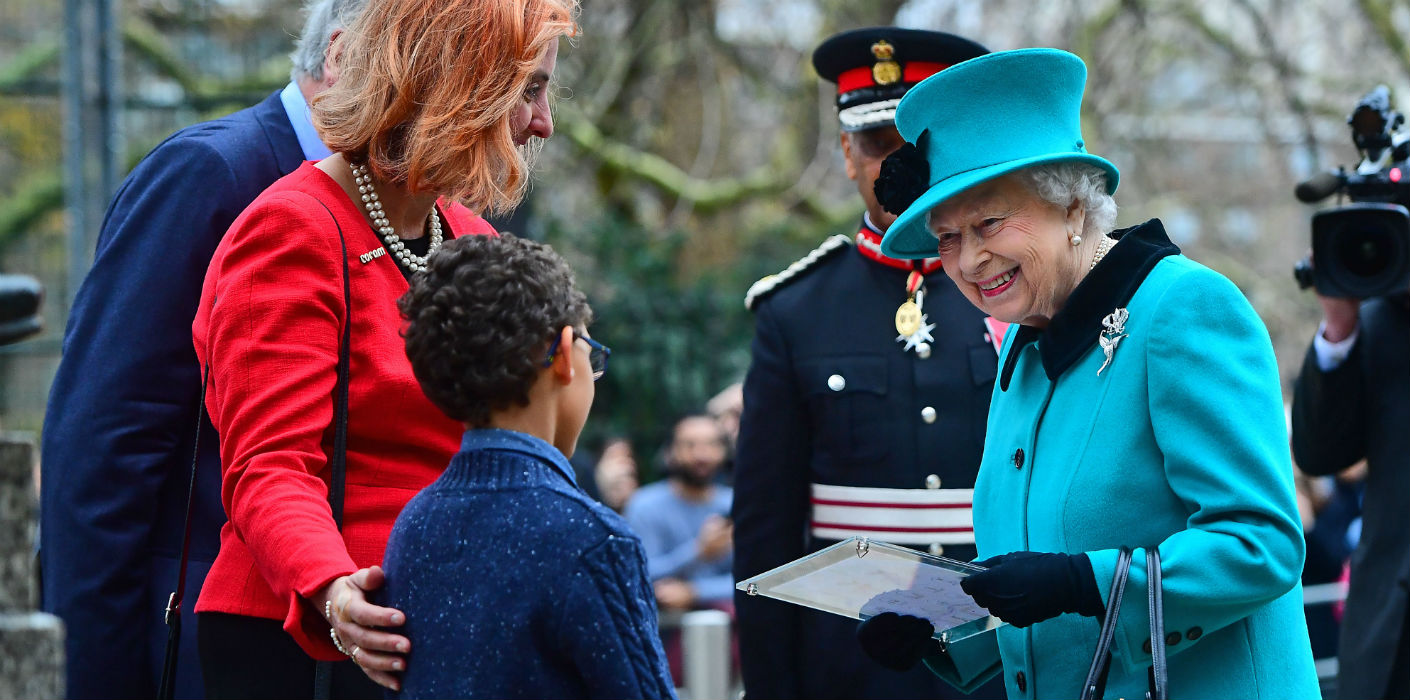
Most members of the Royal Family do some kind of charity work. In Elizabeth’s case, though, she was very much the “queen” of charity.
How so? According to Borgen Magazine, she supported 600 charities in Britain alone. Elizabeth herself helped raise nearly $2 billion in charity funding, and she used her name, face, and influence (especially influence on her own family) to help support important causes.
To Elizabeth, the greatest causes were those that improved education and helped out communities. With this devotion to improving the world around her, is it any wonder, then, that she was so popular in both life and death?
